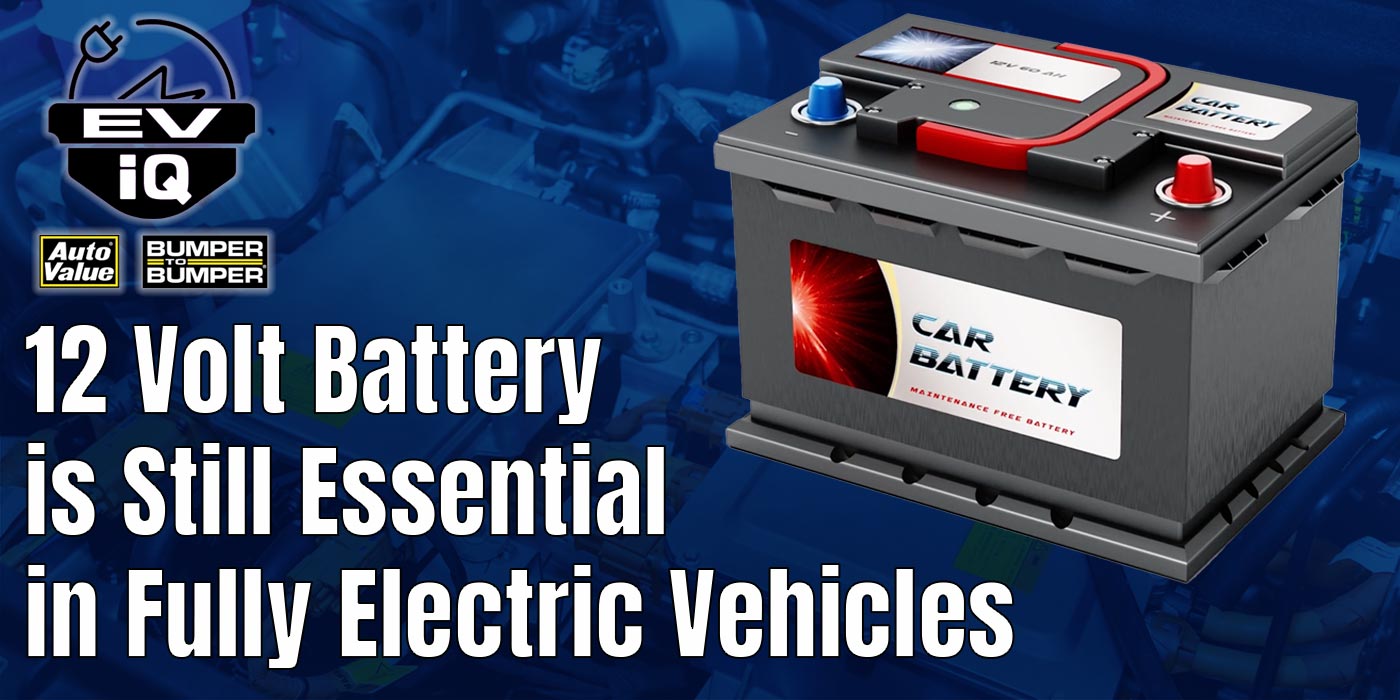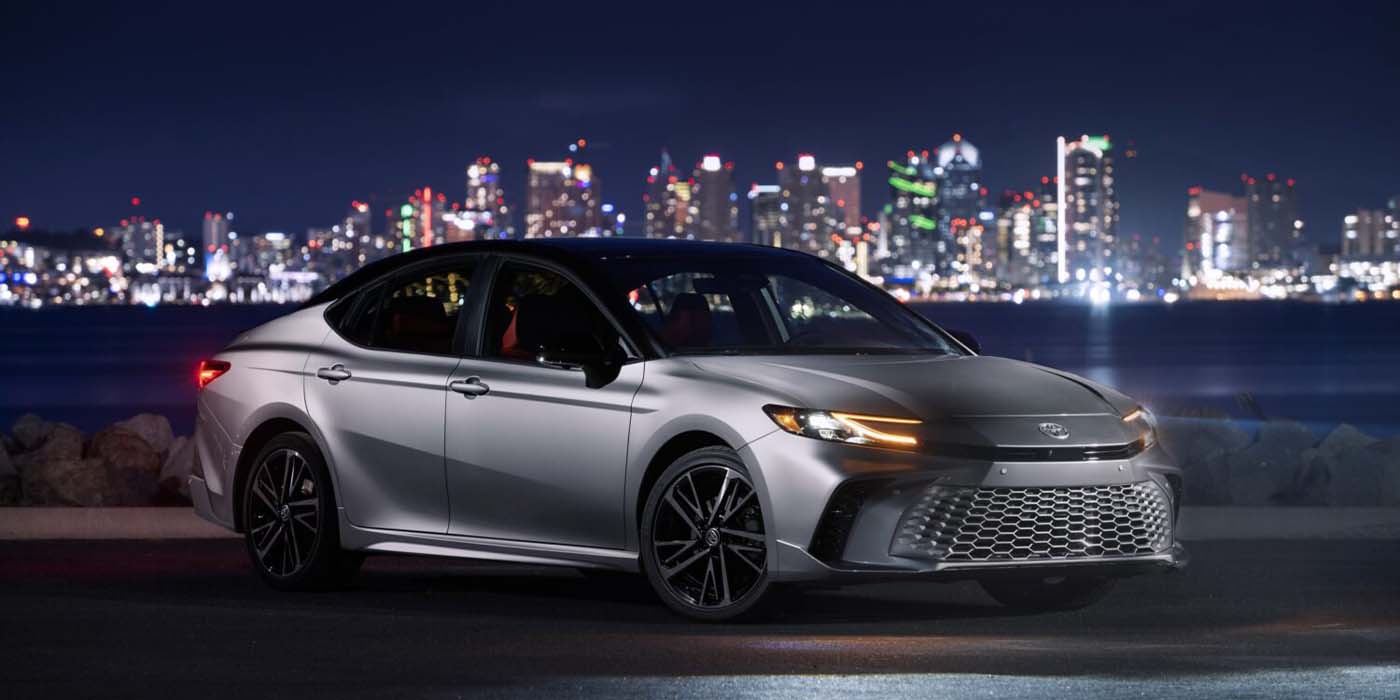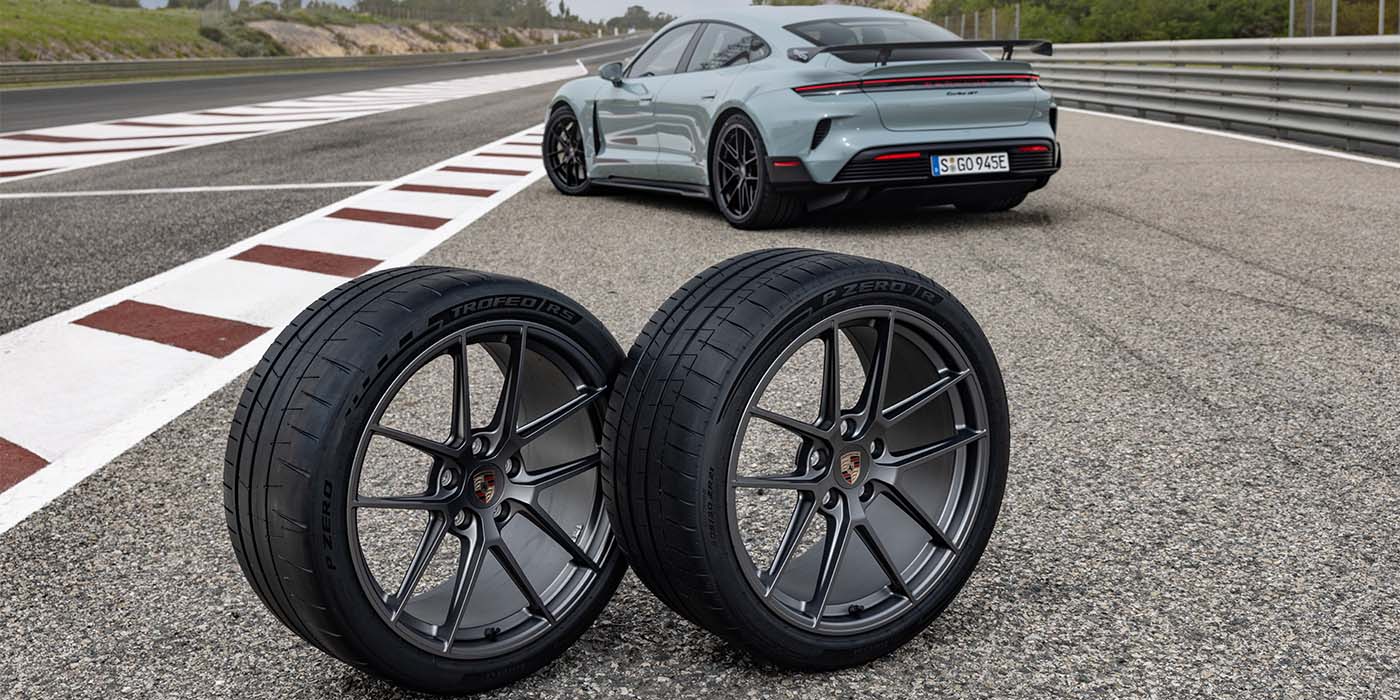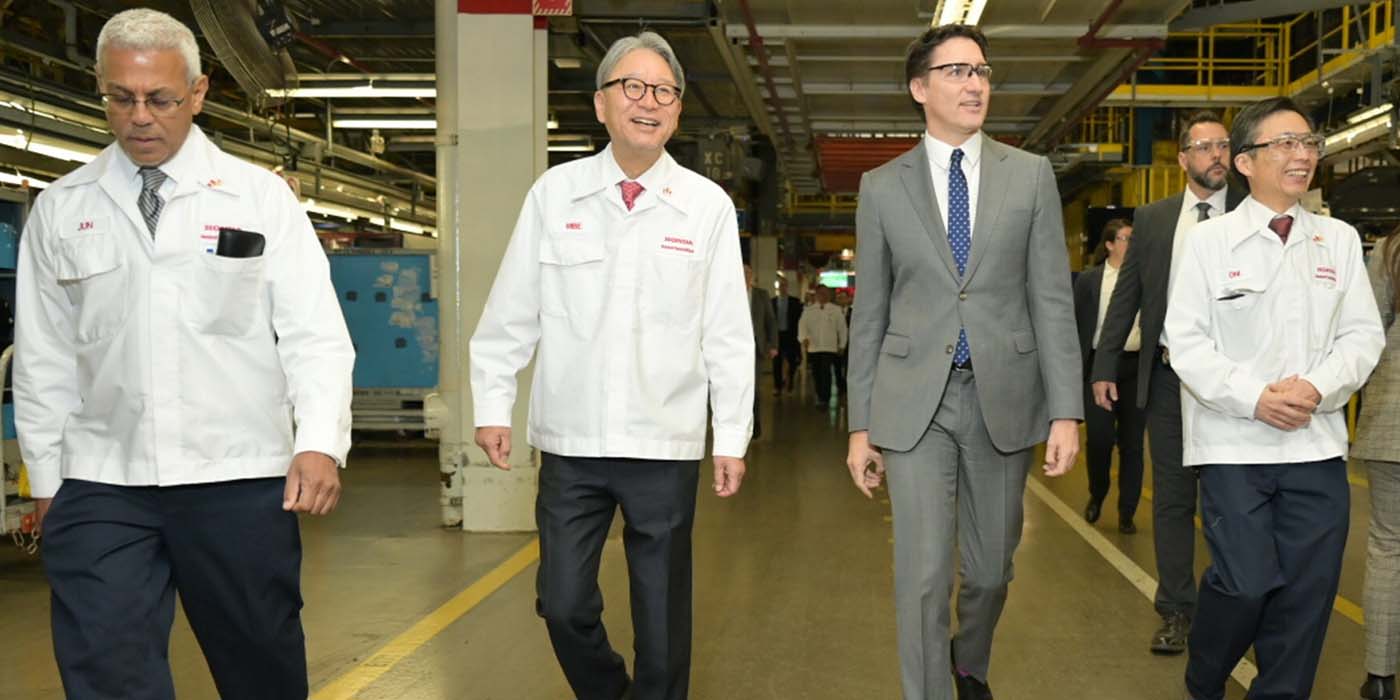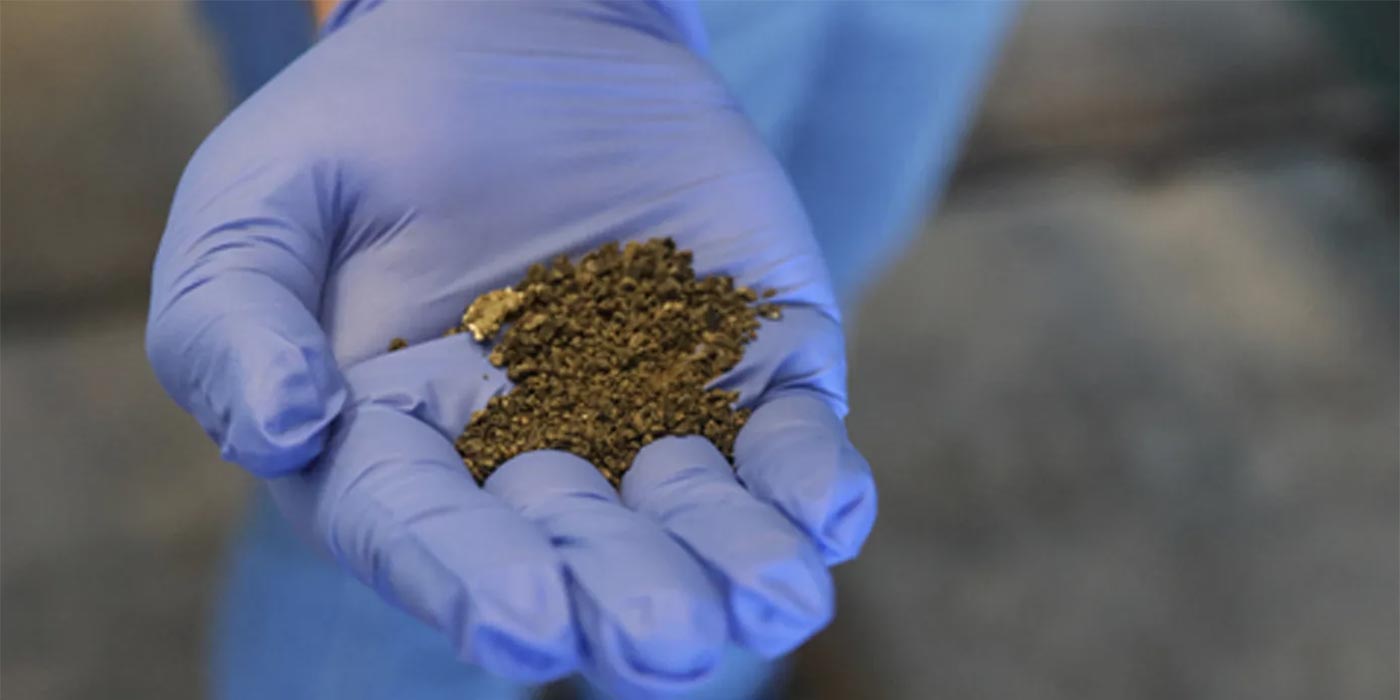Batteries are big business right now. Despite the huge advances in power and range in the past few years, range anxiety, cost and charging speed are all areas that most manufacturers agree need to be improved in the next evolution of EVs.
And OEMs aren’t messing around here. Consider Toyota’s recent announcement that it will invest approximately $3.4 billion in automotive batteries in the United States through the year 2030. This battery investment is for developing and localizing automotive battery production, including those for battery electric vehicles, and is part of the global total of approx. $13.5 billion set aside for investment in battery development and production.
To drive battery production localization, Toyota Motor North America will also establish a new company and build an automotive battery plant in the U.S. Aiming to start production in 2025, the project includes an investment of approximately $1.29 billion until 2031, which includes funds that will be used to develop land and build facilities, which the company says will create 1,750 new American jobs.
Toyota says a big chunk of this investment is dedicated to further developing and expanding its local supply chain and production knowledge related to lithium-ion automotive batteries, focusing first on producing batteries for hybrid electric vehicles. We will hopefully get more details on this project, including details on a site, production capacity and more in 2022.
Of course, Toyota isn’t the only one interested in bettering batteries. What if you could improve range anxiety, cost and charging all with green energy? That’s the goal of Swedish company Northvolt, which develops and produces battery cells for electric cars, and is interested in exploiting the potential for green power.
Last year, the BMW Group signed a long-term battery-cell supply contract with Northvolt. As such, BMW battery cells will be produced in Europe at Northvolt’s currently-under-construction gigafactory in northern Sweden from 2024 on. The company will use only green electricity from local wind and hydroelectric power to produce the battery cells.
But, it’s one thing to go green while producing batteries. It’s another to make the battery itself green – er.
That’s what Hyundai is doing in its partnership with OCI Solar Power, a utility-scale solar energy developer in Texas; and CPS Energy, an electric and natural gas utility; all of which are testing recycled EV batteries for solar energy storage.
By September of 2022, the companies plan to start using the energy storage system, developed by Hyundai. OCI Solar Power will procure certain components and supervise construction, while CPS Energy will operate the thing. Hyundai says it plans to expand its energy solution business via grafting hydrogen energy to the battery system and providing flexibility against energy volatility in the U.S. electricity market.

